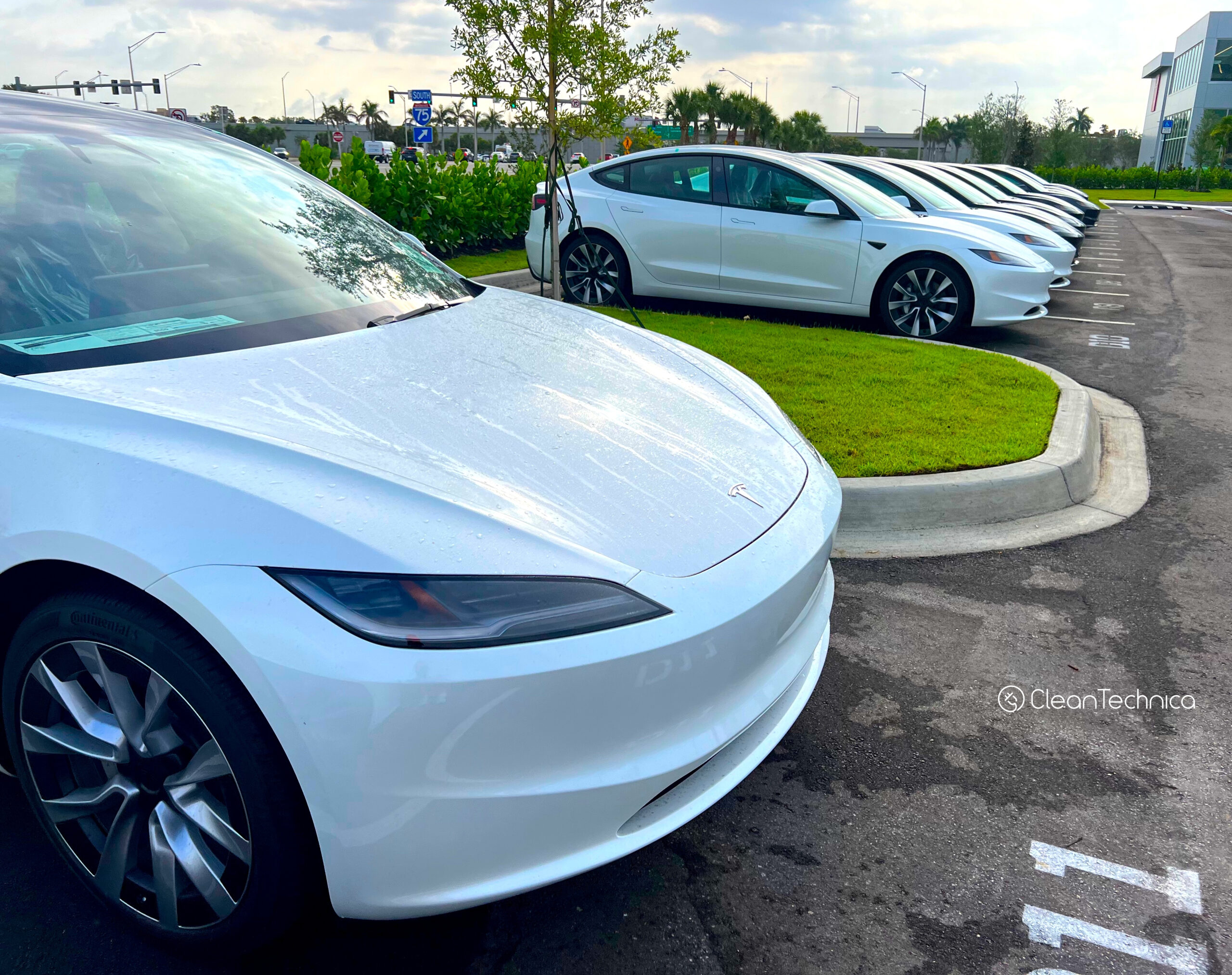Sign up for daily news updates from CleanTechnica on email. Or follow us on Google News!
The cargo shipping industry is finally returning to wind power after a long hiatus. Most of the activity involves new high-tech energy harvesting devices that reduce carbon emissions — and save money — by supplementing conventional fuel. However, some maritime innovators aim to bring 100% wind power back to the industry. That includes the French startup VELA, which has just nailed a new $43 million round of funding to make it happen.
100% Wind Power Returns To The Atlantic Crossing
The idea of relying on wind power alone may seem somewhat quaint, but the timeline works out. VELA is focusing on the Atlantic crossing between France and the US East Coast. Depending on the seaports, VELA anticipates a schedule of 10-15 days, warehouse-to-warehouse.
Air freight is much faster, of course, but sea cargo is still the meat and potatoes of the commercial transportation industry. Shipping schedules vary widely depending on the seaports involved and complications with customs, but a turnaround of 10-15 days for a sailing ship to cross the Atlantic falls within the expectations for a conventional cargo ship to make a similar journey.
Helping matters along is the sophisticated state of today’s shipping route planning systems, enabling the VELA sailing ship to avoid the doldrums and take advantage of optimal wind power opportunities along the crossing.
Wind Power, Solar Power, and Hydro Power, Too
VELA surfaced on the CleanTechnica radar last year, when it announced plans to introduce a sail-equipped trimaran (a three-hulled ship) to the seagoing cargo industry. To speed up the shipping timeline, the vessel draws from racing yacht principles.
Another time-shaving strategy is to design the cargo holds to accommodate standard pallets instead of the large metal containers typically used in the sea shipping industry. According to VELA, a typical shipping container weighs three tons, accounting for more than 20% of the total weight of cargo. In contrast, the equivalent load in pallets comes out to only 2%. The trimaran can hold up to 450 pallets, or the equivalent of 51 standard shipping containers.
”Using pallets enables the transport of goods alone, without useless extra weight. Each pallet represents a reduction of 200kg in weight and the corresponding CO2 emissions,” VELA emphasized in a press statement last year.
Wind power fully covers the propulsion end of things, though in an email update for CleanTechnica VELA also indicated that auxiliary power for the kitchen and other systems would be provided by onboard solar panels and hydro-generators, which are small turbines towed behind a ship. VELA also noted that the additional solar and hydro power would account for about half of the ship’s onboard systems, with conventional diesel-electric equipment expected to make up the difference.
A $43 Million Bet On Wind Power
In the latest news from VELA, on September 24 the company announced the new round of funding for a total of $43 million USD (40 million euros). The firms Crédit Mutuel Impact, 11th Hour Racing & BPI (French Public Investment Bank) spearheaded the effort.
The cash infusion kicks off the next big step up the wind power ladder for VELA, which is the construction of its first cargo trimaran under the umbrella of the Australian shipyard Austal.
VELA is already billing the ship as the world’s largest cargo trimaran using wind power for propulsion. “Drawing inspiration from air freight, this unique vessel, nicknamed the “L’avion des Mers” – The Sea Plane – will offer unprecedented fast transit times,” VELA remarked in a press statement.
“Benefiting from technology transfers from offshore racing, it will allow transatlantic crossings of less than 15 days (loading – crossing – unloading) 100% under sail while guaranteeing exceptional reliability of deadlines and high standards for transport quality,” the company added.
As promised, the 220-foot aluminum-hulled ship will sport more than 3,230 square feet of solar panels and two hydro-generators, along with the sails.
VELA is already laying plans to build at least four more trimarans within the next few years, listing industrial products and technologies, medical equipment, cosmetics, and pharmaceuticals among its initial targets for transportation. The firm has also expressed interest in other high-value goods including fashion, alcoholic beverages, and custom-made or artisanal foods and other products.
Lots Of Interest In Wind Power For Cargo Ships
VELA is not the only startup aiming to bring wind power back to the seven seas. As one indication that the movement is catching on among maritime stakeholders, VELA notes that received input from 30 different shipyards when it put out the call for someone to build its first trimaran. VELA eventually settled on Austal due to the firm’s experience with multihull designs and aluminum materials.
Keep an eye for the first L’avion des Mers to roll out of the shipyard sometime in 2026, with the additional ships providing for frequency of scheduling starting in 2028. In a press statement last year, VELA noted that it expects to have a fleet of 30 trimarans plying the Atlantic by 2035.
Meanwhile, if you want to catch sight of a sailing cargo ship, check out the French firm Grain de Sail. The company has been showcasing wind power in support of its organic wines and chocolates business, with an annual schedule of two trips to New York and the Dominican Republic, where the company procures its cocoa mass and green coffee beans. The sailing ship also offloads humanitarian assistance for local communities in the Dominican Republic.
“At Grain de Sail, we believe that transporting goods by cargo sailboat puts sustainability and people back on stage,” the company emphasizes. I’ll be visiting Grain de Sail in New York later this week before the ship continues on its journey, so stay tuned for more details.
Both the VELA and Grain de Sail wind power ventures are relatively modest in scale, so for signs of significant scaleup across the industry CleanTechnica is also keeping an eye on new high tech wind energy harvesting devices that can be purpose-built or retrofitted onto the massive cargo vessels typical of the modern shipping industry.
Among the more unusual wind related technologies to emerge is a columnar system that leverages the Magnus Effect, which can tilt lengthwise to enable the ship to cross under bridges. Another device in the tilt-able class is a tall, glider-inspired rigid sail that can flip in half when needed.
Also of interest are rigid aerodynamic sails inspired by F1 motorsports, and an automated kite-like device that tows the ship along like an oversized wind surfer. If you can spot any other ship-board innovations that fit into the wind power slot, drop a note in the comment thread.
Follow me via LinkTree, or @tinamcasey on Threads, LinkedIn, and Instagram.
Image (cropped): The French startup VELA just nailed down $43 million in funding to bring wind power back to the sea cargo shipping industry on a high tech trimaran (via businesswire.com).

Have a tip for CleanTechnica? Want to advertise? Want to suggest a guest for our CleanTech Talk podcast? Contact us here.
Latest CleanTechnica.TV Videos
CleanTechnica uses affiliate links. See our policy here.
CleanTechnica’s Comment Policy




